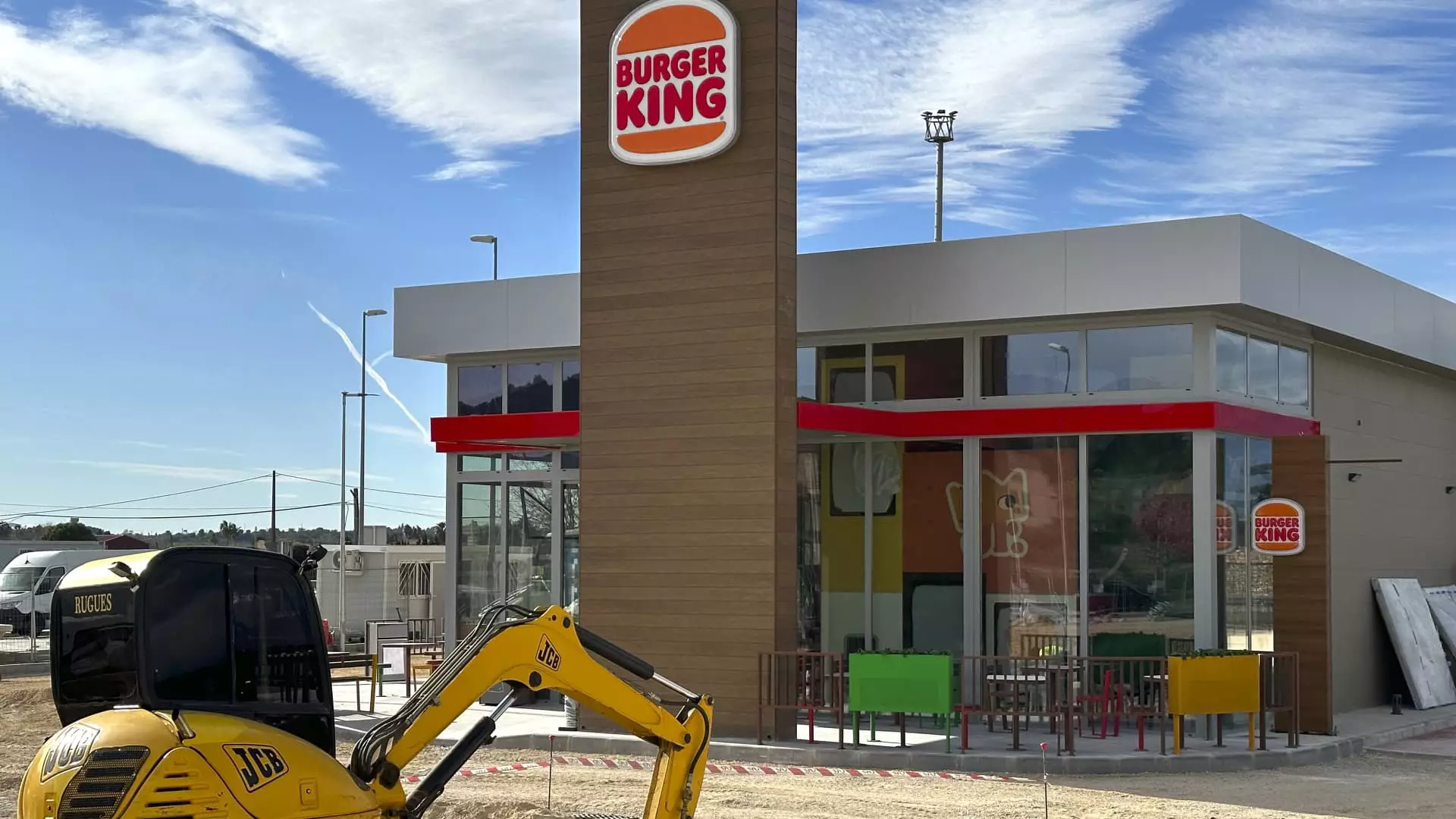On Tuesday, Restaurant Brands International (RBI) unveiled its third-quarter earnings, and the results were not as optimistic as investors and analysts had hoped. The company reported adjusted earnings per share of 93 cents, slightly below the anticipated 95 cents. Revenues also came in shy of predictions at $2.29 billion, contrasted with Wall Street’s expectations of $2.31 billion. The disappointing metrics reflect ongoing challenges within the fast-food sector, particularly concerning same-store sales growth, which rose only by a mere 0.3%, significantly underwhelming investor anticipation.
All four of RBI’s chains—Burger King, Popeyes, Firehouse Subs, and Tim Hortons—saw varying levels of struggle with same-store sales, particularly within the domestic markets. Burger King, for example, reported a decline of 0.7%, while Popeyes and Firehouse Subs suffered declines of 4% and 4.8%, respectively. This trend raises questions about consumer spending behaviors and the effectiveness of marketing strategies employed by these brands.
Despite the setbacks experienced in the previous quarter, CEO Josh Kobza has expressed a more optimistic outlook for the current quarter. In an interview with CNBC, he noted that the initial trends for October have shown slight positive growth in same-store sales, hinting at a recovery that could stabilize the company moving forwards. Kobza attributed the improvements to successful marketing campaigns and changing consumer sentiments. As gas prices and interest rates decline, along with moderating inflation, there appears to be a renewed willingness among consumers to spend on dining out.
This improvement comes at a pivotal moment as competition within the fast-food sector intensifies. Brands are increasingly engaging in “value wars”, striving to attract budget-conscious consumers while also navigating the economic landscape. The significance of promotional offerings has become paramount in influencing consumer choices.
While RBI as a conglomerate logged increases in revenue largely due to strategic acquisitions, each chain within its portfolio has unique challenges. For instance, although Tim Hortons managed domestic same-store sales growth of 2.3%, it fell short of the expected 4.1%. This outcome highlights an underlying issue where even the better-performing brands are not meeting the high benchmarks set by analysts.
Burger King remains embroiled in a significant turnaround effort within the U.S. market. The sliding sales figures, particularly in a notoriously competitive environment, underscore the urgency for the chain to recalibrate its business strategies, especially to compete effectively against rivals that are more adept at attracting customers. Similarly, Firehouse Subs’ sales decline reflects the struggles of newer entrants under the RBI umbrella, which despite being a recent addition, must quickly establish their footing in the fast-food industry.
Moving forward, RBI executives emphasize a need to leverage their acquisitions to drive growth and profitability. The acquisition of the largest U.S. Burger King franchisee and expanding Popeyes into the Chinese market are strategic moves aimed at broadening their operational footprint. The hope is that these expansions will generate improved consumer engagement and enhanced revenue streams, counteracting the current downturns in individual chains.
Moreover, management must address the growing consumer demand for value-oriented offerings, a trend that has gained momentum as economic strains weigh heavily on disposable incomes. The introduction of lower-priced menu options at chains like Popeyes represents one approach to attract a price-sensitive demographic that is increasingly deterred by rising food costs.
While Restaurant Brands International has faced a challenging quarter with disappointing earnings and mixed performances across its chains, there are glimpses of potential recovery. Improved same-store sales trends in October, along with effective promotional strategies and a focus on consumer affordability, could pave the way for a rebound. The key for RBI will be to navigate the complex landscape of consumer preferences while continuing to refine its operational strategies to ensure long-term sustainability and growth in an ever-competitive market.

Leave a Reply